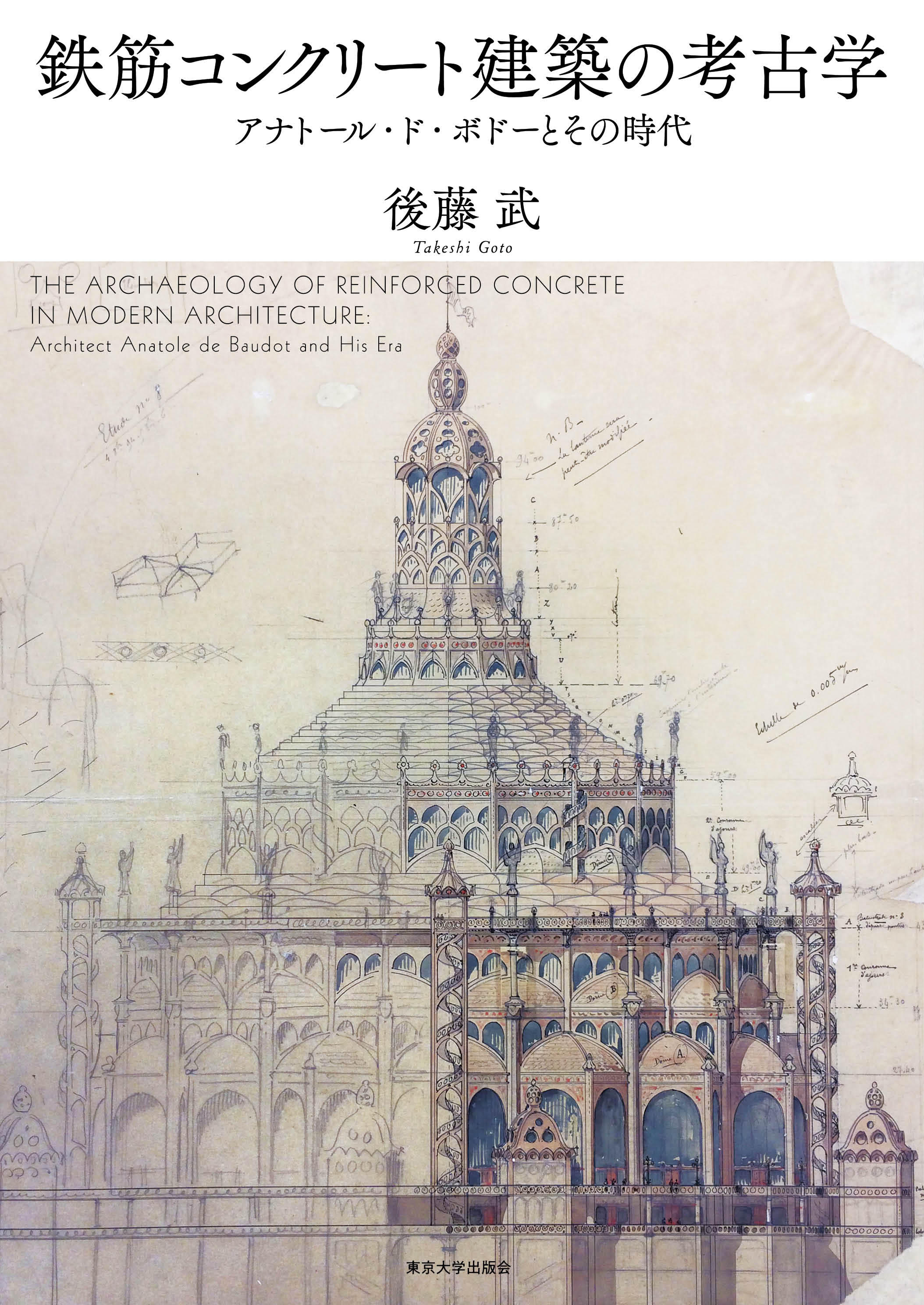
Title
Tekkin Concrete Kenchiku no Kokogaku (The Archaeology of Reinforced Concrete in Modern Architecture - Architect Anatole de Baudot and His Era)
Size
312 pages, A5 format
Language
Japanese
Released
March 27, 2020
ISBN
978-4-13-066860-6
Published by
University of Tokyo Press
Book Info
See Book Availability at Library
Japanese Page
Modern architecture that uses the application of iron and concrete in new building types like factories and halls, emerging from a background of engineering, has previously been discussed separately from ashlar Western architecture. Yet, it is not the case that the tradition of ashlar construction that has been continuously passed down was broken simply because of the birth of technical innovation with a new building material, and that a new technique unrelated to history gave rise to this architecture from nothing. The formation of reinforced-concrete construction had a peculiar time frame. By defining that time frame, we should be able to elucidate the meaning of the birth of reinforced-concrete construction.
Archeology of Reinforced-Concrete Construction: Anatole de Baudot and His Time traces the origins of reinforced-concrete construction and demonstrates the process by which it was created, based not only on the logic inherent to the history of technology, but also from the historical logic of styles, and the logic of the compositional methods that support these styles. To achieve this, we will engage in the analysis of the theory of history, architecture, and historical background of Anatole de Baudot, who was one of the first reinforced-concrete architects in France and a proponent of the restoration and conservation of medieval architecture. The ciment armé construction of Anatole de Baudot was a technique that mixed architectural techniques, materials, and principles belonging to ancient Roman, Byzantine, Romanesque, Gothic, and nineteenth-century times, adapting them into a program desired by the society of the nineteenth century. The nineteenth century was a tumultuous time, with architectural styles running in parallel. Was architecture even possible in a time when one building after another was being constructed through style-less engineering in the absence of any new styles? With the quality of classicist architecture as collateral, how could architecture that responds to the unique challenges of the nineteenth century come about? Anatole de Baudot went on to discover a way to simultaneously reconstruct and synthesize the history of compositional methods in Western architecture.
Sigfried Giedion played an important role in the positioning of modern architecture in the twentieth century, interpreting the modern architecture of iron and concrete as a break from Western architectural history. Since then, the discontinuity between nineteenth-century historicist and twentieth-century modernist architecture has been viewed as an established fact of architectural history. However, by focusing on Anatole de Baudot, who discovered architecture with new compositional methods that combined cement and iron based on a reinterpretation of ancient and medieval architectural methods of composition, and analyzing both his theory of history and architectural works, I have clarified that early reinforced-concrete construction may be thought of less as an invention of technological innovation and more as a phenomenon of historical regeneration. Reinforced-concrete construction, which is an architectural technique that represents modernity, came about through the complex regeneration of architectural techniques belonging to multiple historical eras. This book updates how we perceive the history of the progress of modern architectural innovation and seeks to frame it in an even bigger time frame.
(Written by: GOTO Takesh / March 12, 2021)
Related Info
AIJ Book Award 2021 (AIJ Architectural Institute of Japan 2021)
https://www.aij.or.jp/eng/prizes/index_p.html



